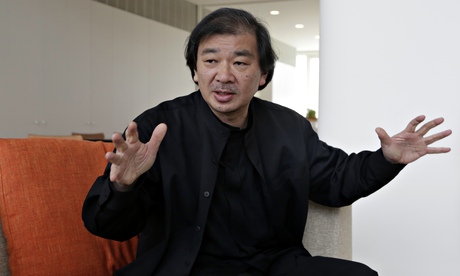The Japanese architect Shigeru Ban is the recipient of the 2014 Pritzker Prize. He is recognized and applauded by the jury in particular for his deployment of cardboard materials, for example cardboard tubing, for a wide range of private and public architectural projects.
Ban’s 30-year career has homed in on experiments with cardboard engineering; major projects include the outpost of the Pompidou Centre in Metz, completed in 2010, conceived as a rippling rattan hat of bamboo and oiled paper.
Most deserving of recognition in the eyes of the Pritzker jury is Ban’s humanitarian work, whereby paper and card have been used to create essential temporary house, for example for refugees. “He is a force of nature,” said the jury chairman, Lord Palumbo, “which is entirely appropriate in the light of his voluntary work for the homeless and dispossessed in areas devastated by natural disasters.”
In 1994, prompted by the displacement of millions by the Rwandan civil war, Ban proposed paper-tube shelters to the United Nations high commissioner for refugees, followed a year later by paper log cabins after the Kobe earthquake, with foundations made of sand-filled beer crates and walls of vertical cardboard tubes. After founding the Voluntary Architects’ Network in 1995, he has tackled disaster relief in Turkey, India, China and Haiti, most recently erecting a magnificent cardboard cathedral after the earthquake in Christchurch, New Zealand, rising in an elegant A-frame next to the ruins of George Gilbert Scott’s stone building.
The 56 year-old splits his time and work between Tokyo, Paris and New York. On winning the prize, he says: “I see this prize as encouragement for me to keep doing what I am doing – not to change what I am doing, but to grow.”
Source: Guardian newspaper

坂茂荣(56岁)获2014年普利策建筑奖。摄影:Richard Drew/AP